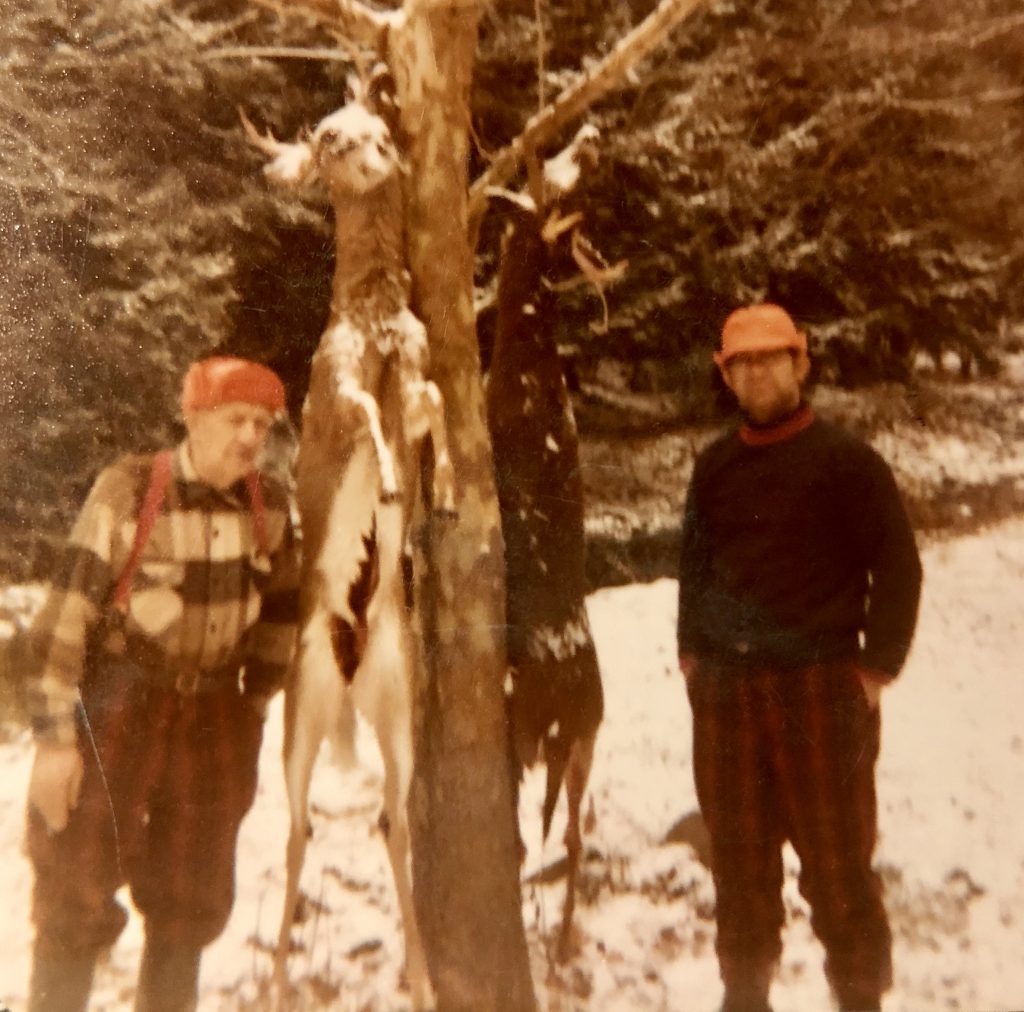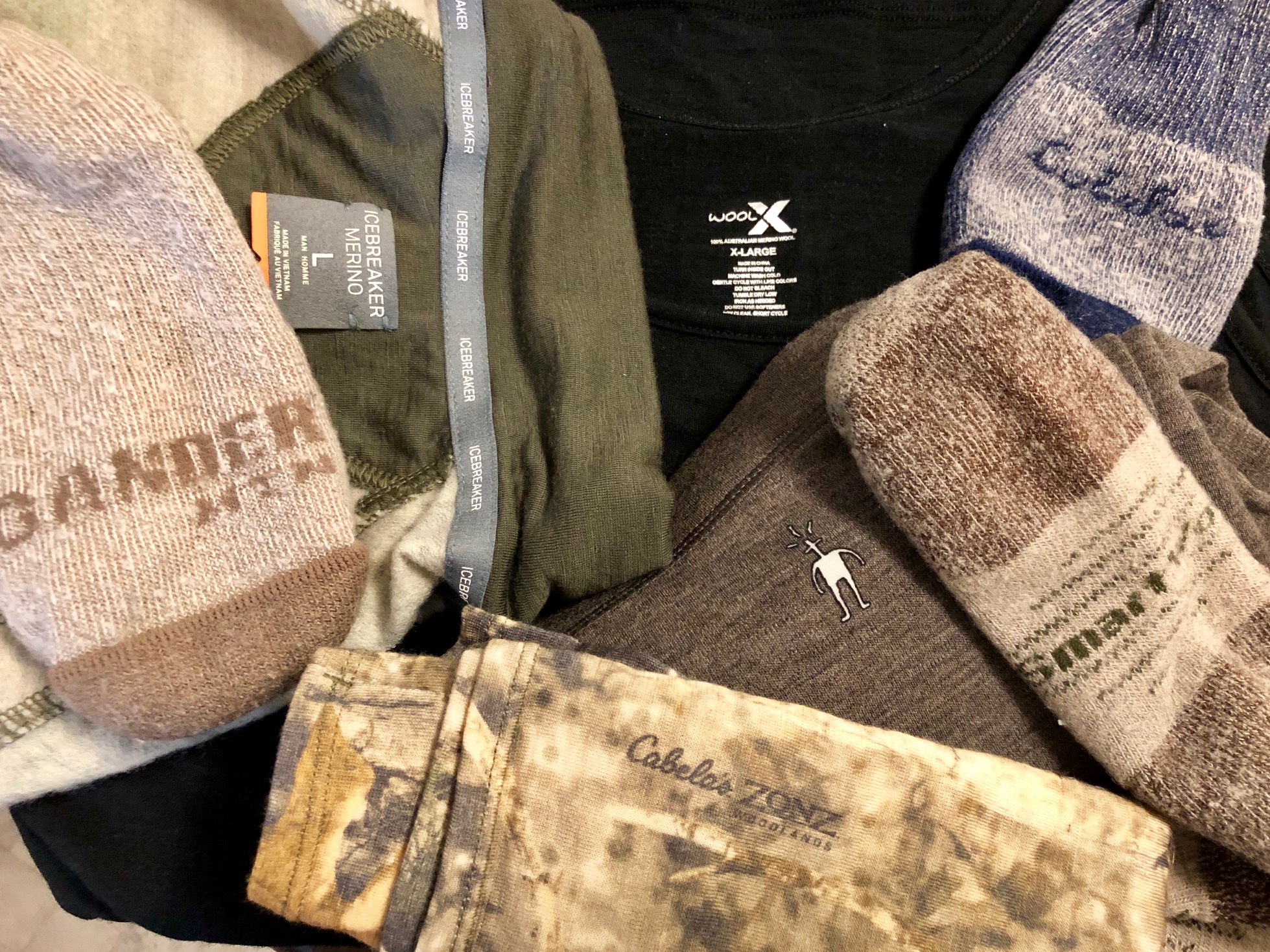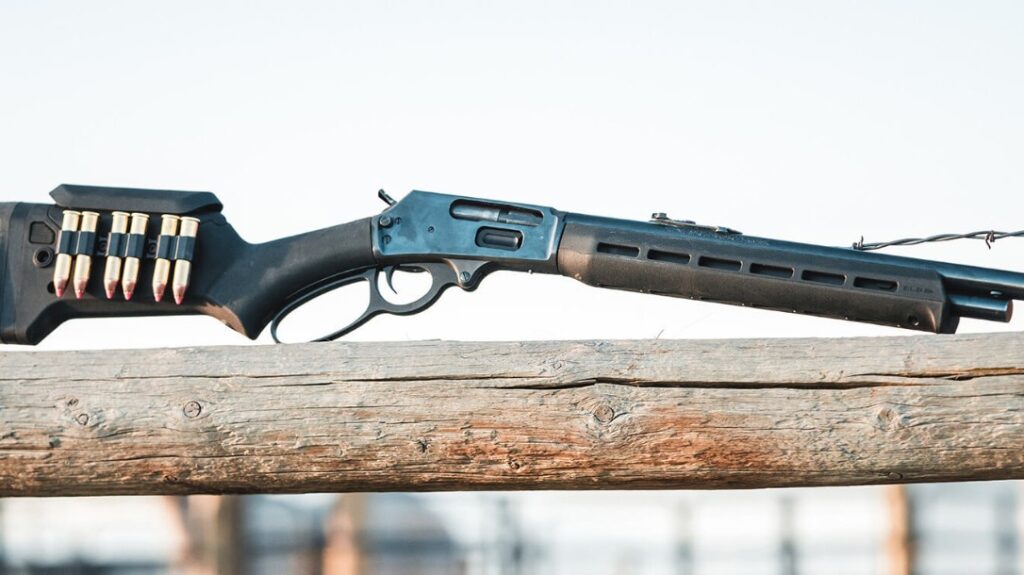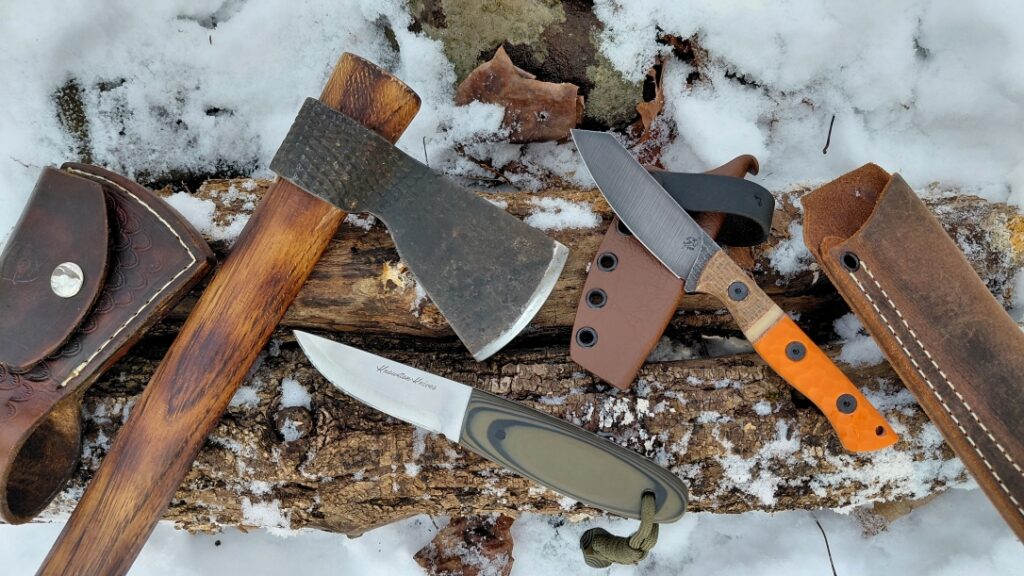Here for a change, is an article about a product that is not new. In fact, this product is literally thousands of years old. It has been used for clothing since the first humanoid speared a mountain sheep and wore its pelt. I’m talking about the historical performance fabric that is wool.
In the “new trends” department wool – especially merino wool – has become the performance fabric to have. But wool is not “new” by any stretch.
There is archeological evidence for the domestication of sheep as far back as 10,000 years ago, and weaving processes go back to the 6-7000 BCE range. Wool has been around as human clothing almost as long as there has been human clothing.
Advertisement — Continue Reading Below
In less ancient times, I grew up about an hour away from the site of the quintessential American woolen mill in Woolrich, PA, established in 1830. I can remember visiting the Woolrich factory store with my parents back when it was actually next to the factory. My parents bought Woolrich factory seconds before it was cool and before factory outlets became trendy destination shopping centers.
Woolrich came up with the “Buffalo Check” pattern in 1850 and supplied the Union Army with blankets during the Civil War. But their truly iconic contribution to the outdoor industry was the the “Pennsylvania Tuxedo” – the classic red and black plaid wool hunting coat and pants. This was practically a uniform for well-dressed hunters from the early to mid portion of 20th century.
My own father and grandfather owned a set of of these classic Woolrich red plaid wool hunting clothes. The Pennsylvania Tuxedo was a durable and functional investment, and was the performance wear of its era.
Advertisement — Continue Reading Below

I can also remember wearing a wool “union suit” (complete with trapdoor) as baselayer when I was a girl (in those days we called them “long johns”). I think it was a hand-me-down from one of my brothers, but I didn’t care as long as I was warm.
After my childhood, American manufacturing took a downturn and wool fell out of favor. It was itchy and expensive, and there was trendy synthetic insulated underwear to be had instead. Everything had to be space age and modern, and fabric that scientists created out of petroleum HAD to be better than traditional fibers, right? That attitude persisted for several decades.
But then came Smartwool Merino and the resurgence of all things wool again.
Advertisement — Continue Reading Below
This is not your great-grandfather’s wool. Merino wool comes from a breed of sheep with very soft fibers. It doesn’t itch, and it is treated so as to be machine washable (and dryable in most cases). I bought my first Smartwool socks in 2004 from Sierra Trading Post online.
I buy discounted and factory seconds, closeouts and sales. I am an unapologetic cheapskate, but shopping carefully allows me to enjoy the benefits of wool, when it might otherwise be hard on the budget.
What started with one pair of socks has now morphed into a full-on obsession. Virtually every sock in my drawer is now merino wool – from hunting socks to work/dress socks. In my book nothing beats merino wool for hard wearing socks that don’t stink and are easy care. I am still wearing several pairs of socks that I bought over a decade ago. They wear like iron and are machine washable and dryable. You pay a little more upfront, but you can wear them virtually forever.
Advertisement — Continue Reading Below
Wool is warm and cool at the same time. It wicks sweat, but retains insulating properties even when wet. Wool fibers have a natural crimp, so wool garments are naturally a little flexy, yet retain their shape.
Wool doesn’t retain unpleasant body odors. While traveling light, you can turn your wool socks inside out to air overnight, and in the morning they will be dry, odor free and ready to wear for another day. You can’t do that with cotton or poly socks – not and retain your friends anyway.
In the same way at deer camp, you can get another couple days’ wear out of your wool base layers without getting all odiferous in the armpit and crotchal areas. Try that with synthetics and your camp mates might pitch you out in the snow to air you out.
Advertisement — Continue Reading Below
Another advantage to wool is that it is flame resistant. Synthetic fleece and polyester melt when exposed to heat. Wool does not. It will eventually burn, but it takes awhile. Wool has a very high ignition temperature and is self-extinguishing. That’s why lab fire blankets and hearth rugs are made out of wool. That’s a consideration if you are going to be around a fireplace or campfire – or just planning for the zombie apocalypse.
Even when I am not out in the woods, I have taken to wearing thin merino wool tank tops from Woolx as a camisole layer for winter office wear. Merino Wool is now available as lightweight wicking summer exercise wear and even in the form of panties, bras, and boxer briefs. If you are a wool lover like I am, you can now wear it all year long.
I have used a variety of merino wool products over the past fourteen years, and I feel that I am a fairly good judge of its properties. I’ve used several brands – from Smartwool, Icebreaker, Woolx, Cabela’s and Gander, and all have performed well. With careful washing and storage your woolens can last for years – or even generations.
Advertisement — Continue Reading Below
Which brings us to one of the only advantages of synthetic fibers over wool. Synthetics are impervious to clothes moths. Most young people today probably don’t even know what those are. Moths are why our great-grandmas used cedar chests and why their closets smelled like mothballs – because there are little insects in the world that like to eat animal keratin. But this can be good news too. This means that unlike synthetics, wool is biodegradable. It will break down naturally and go back to the environment from whence it came. No worries about “microplastics” there.
Take advantage of the after-Christmas sales to find wool products on discount. Stores will soon be unloading their inventory so that they can inexplicably start stocking shorts and swim suits in February. Take advantage of the opportunity and you may end up a wool lover like me! (Just don’t tell anybody how many days you’ve worn your socks)















